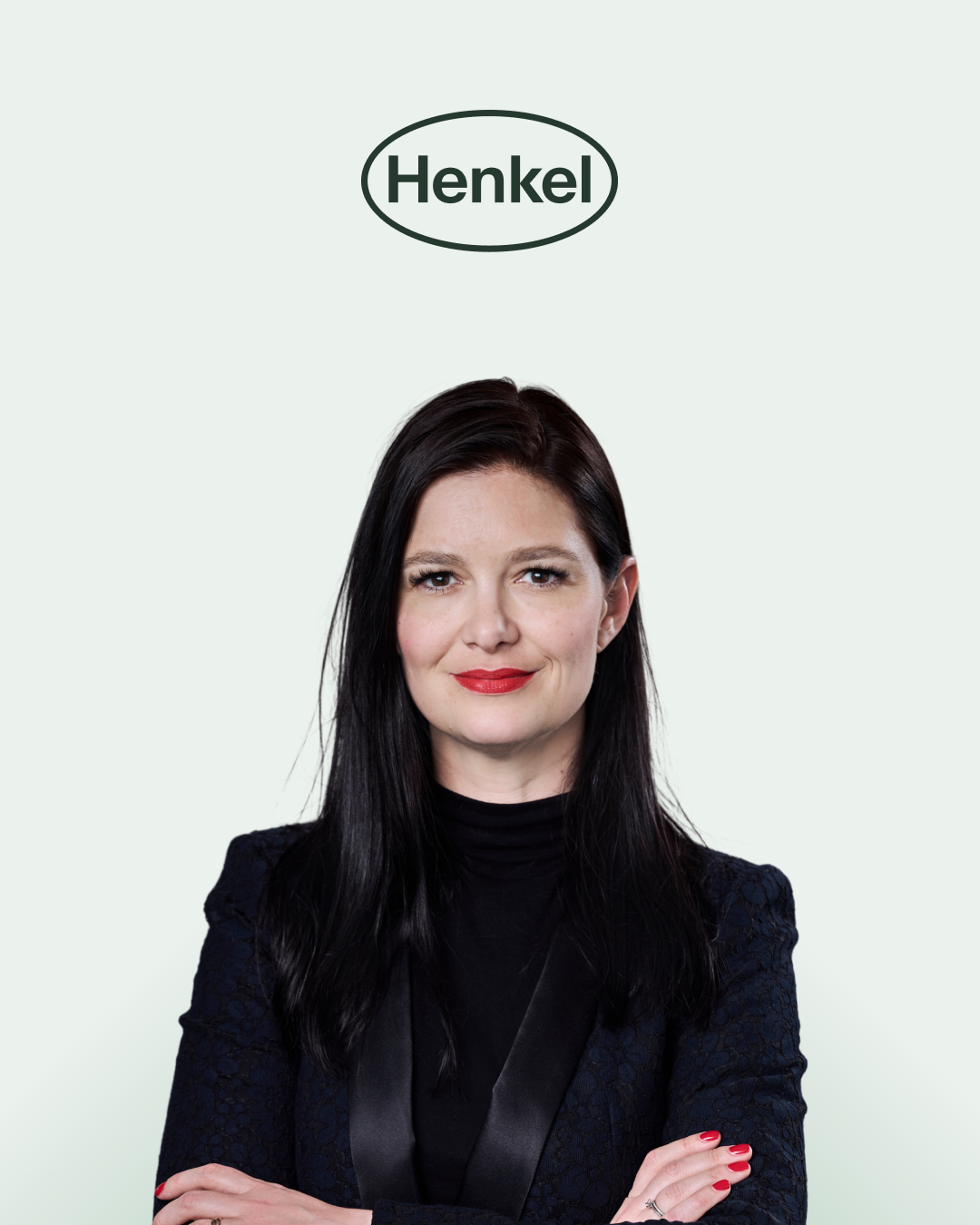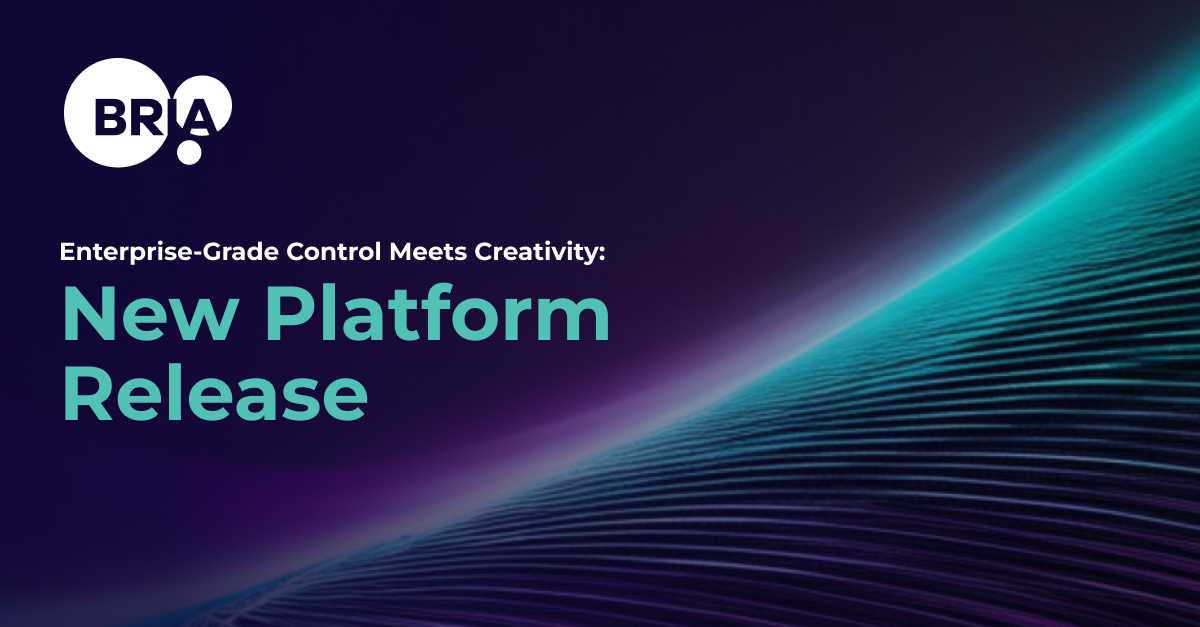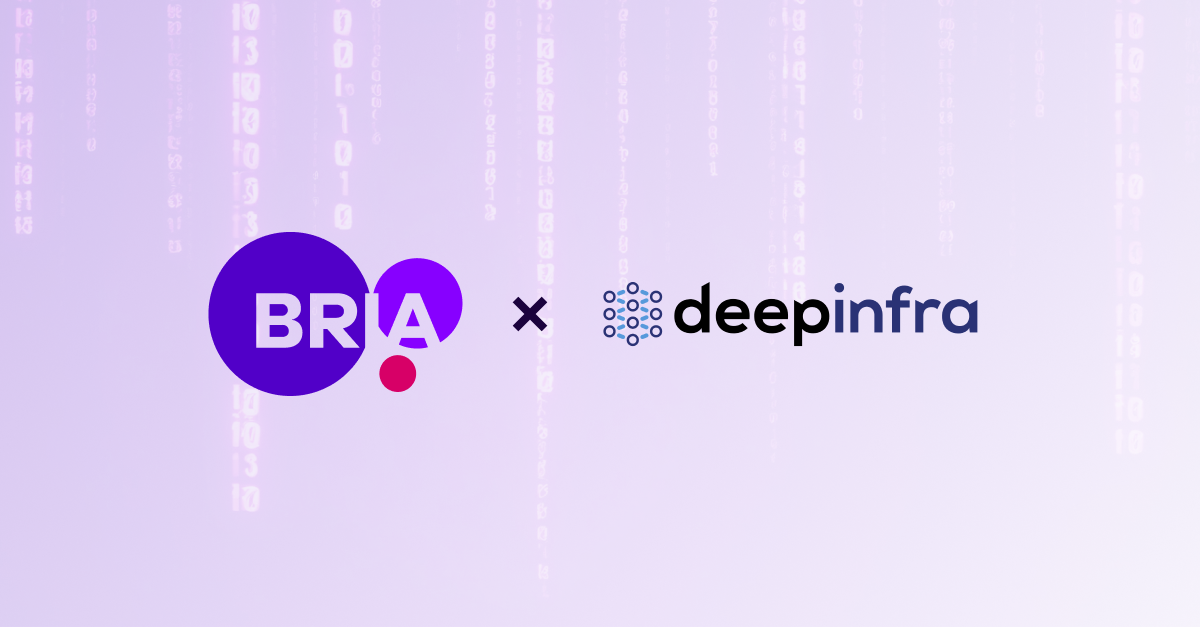3 min read
Case Study: Mutabor Builds Branded AI Images For Henkel with Bria For Enterprise Use
Bria.ai : Sep 19, 2025 11:00:00 AM

Many brands feel the pressure. AI must scale, but concerns persist regarding legal risk, data ethics, and brand integrity. With a Brand Talk, we demonstrate, together with Bria.ai, Mutabor, and Henkel, how close strategic collaboration between brand, agency, and tech partner can drive responsible AI solutions.
Discover proven frameworks for responsible AI adoption, explore the Henkel case study, and learn how licensed, compliant training data creates spotless AI solutions that deliver measurable ROI.
This isn't just about technology - it's about building trust, maintaining authenticity, and creating visual content that aligns with your brand's values.
Get The Highlights
Mutabor leveraged Bria's visual AI platform to develop a custom application for Henkel, revolutionizing their content creation workflow. By building on Bria's foundation models—trained exclusively on licensed data—Mutabor created a solution that enables Henkel to generate on-demand product imagery that is both legally compliant and perfectly aligned with their brand guidelines. The application ensures every generated image adheres to Henkel's specific visual standards while eliminating copyright concerns, as Bria's platform provides full indemnification through its licensed training approach. This implementation demonstrates how enterprises can harness generative AI for scalable content production without compromising on legal safety or brand consistency, turning weeks of traditional product photography into minutes of automated, brand-approved visual generation.
Henkel established a comprehensive AI governance framework through a cross-functional initiative involving legal, IT, marketing, and data privacy teams to address the rapid adoption of generative AI tools across their organization. The company developed clear guidelines that distinguish between approved enterprise AI solutions—such as their Bria-powered content generation platform—and consumer tools, establishing strict protocols for data handling, copyright compliance, and brand integrity. The rollout began with executive alignment and the identification of champions across business units, followed by tiered training programs that equipped teams with both policy knowledge and practical skills for using sanctioned AI tools. By combining top-down policy enforcement with bottom-up education and providing employees with powerful, compliant alternatives to risky consumer AI tools, Henkel successfully channeled innovation enthusiasm into secure, productive applications that accelerate their digital transformation while maintaining their commitment to responsible AI use and regulatory compliance.
Mutabor initially experimented with multiple AI image generation platforms, including Stability AI, OpenAI's DALL-E, Flux, and Adobe Firefly, in its quest to modernize content creation workflows. While these tools delivered varying degrees of creative quality and speed, each presented critical compliance gaps when evaluated against the EU AI Act's stringent requirements for transparency, data provenance, and copyright assurance. Stability, DALL-E, and Flux—all trained on scraped web data—were unable to provide the clear attribution chains or licensing documentation that Henkel's legal team required, while Adobe's solution, despite its indemnification promises, lacked the flexibility needed for Henkel's specific brand customization requirements.
The mixed results highlighted a fundamental challenge: consumer-grade AI tools might generate impressive visuals, but they weren't built for enterprise governance needs, leaving Henkel searching for a solution that could deliver both creative excellence and regulatory compliance—ultimately leading them to Bria's fully licensed, EU AI Act-compliant platform.
Despite the sophisticated AI capabilities that Mutabor has built into Henkel's content generation platform, human creative directors and brand managers remain essential orchestrators of the final output. The AI excels at rapidly generating variations and executing technical specifications, but it requires human expertise to evaluate nuanced brand alignment, cultural sensitivity, and strategic messaging that goes beyond algorithmic parameters. Mutabor's designers guide the AI through iterative refinement cycles, making critical decisions about which generated concepts truly capture Henkel's brand essence and market positioning—judgments that require understanding context, emotion, and subtle creative choices that AI cannot fully replicate. This human-in-the-loop approach transforms AI from a potential replacement threat into a powerful amplification tool, where technology handles the heavy lifting of production. At the same time, human creativity focuses on strategy, taste, and the ineffable qualities that distinguish truly compelling brand content from merely adequate visuals.
Bria's successful implementation with Mutabor and Henkel exemplifies a new paradigm for enterprise AI adoption—one where compliance, creativity, and control converge seamlessly. While competitors force enterprises to choose between innovation and legal safety, Bria's licensed data foundation and EU AI Act compliance eliminate this false dichotomy, enabling companies to deploy generative AI confidently at scale. The platform's proven ability to deliver brand-specific customization, provide complete copyright indemnification, and maintain human creative control demonstrates that enterprises don't need to compromise their standards to embrace AI transformation. As more organizations face mounting pressure to accelerate content creation while navigating complex regulatory landscapes, Bria's model—built on licensed training data, transparent attribution, and enterprise-grade governance—provides a definitive blueprint for responsible AI deployment. The Henkel case demonstrates that when enterprises opt for infrastructure tailored to their specific needs, rather than retrofitting consumer tools, they unlock not only efficiency gains but also a sustainable competitive advantage in the AI-powered future of brand content creation.
Katharina Roscher
As a Corporate Director Brand Tech & Ecosystems at Henkel, Katharina shares her perspective on how leading companies can embrace responsibility in AI innovation and reveals key learnings from her journey.

Niklas Karbowiak
As an expert in the strategic and practical integration of AI projects, Niklas explores how to connect strategic AI consulting with creative excellence and scale it successfully.

Start building with BRIA's platform with a free trial.
Learn More About Bria
Foundation ModelsAPI Documentation
Case Studies
Contact Us
Start with Bria today
Contact us for a deeper understanding of our Generative AI capabilities:

Case Study: Mutabor Builds Branded AI Images For Henkel with Bria For Enterprise Use

Enterprise-Grade Control Meets Creativity: New Platform Release
For enterprises, true transformation isn't about adopting a new tool; it’s about reshaping workflows in ways that deliver measurable ROI and...



